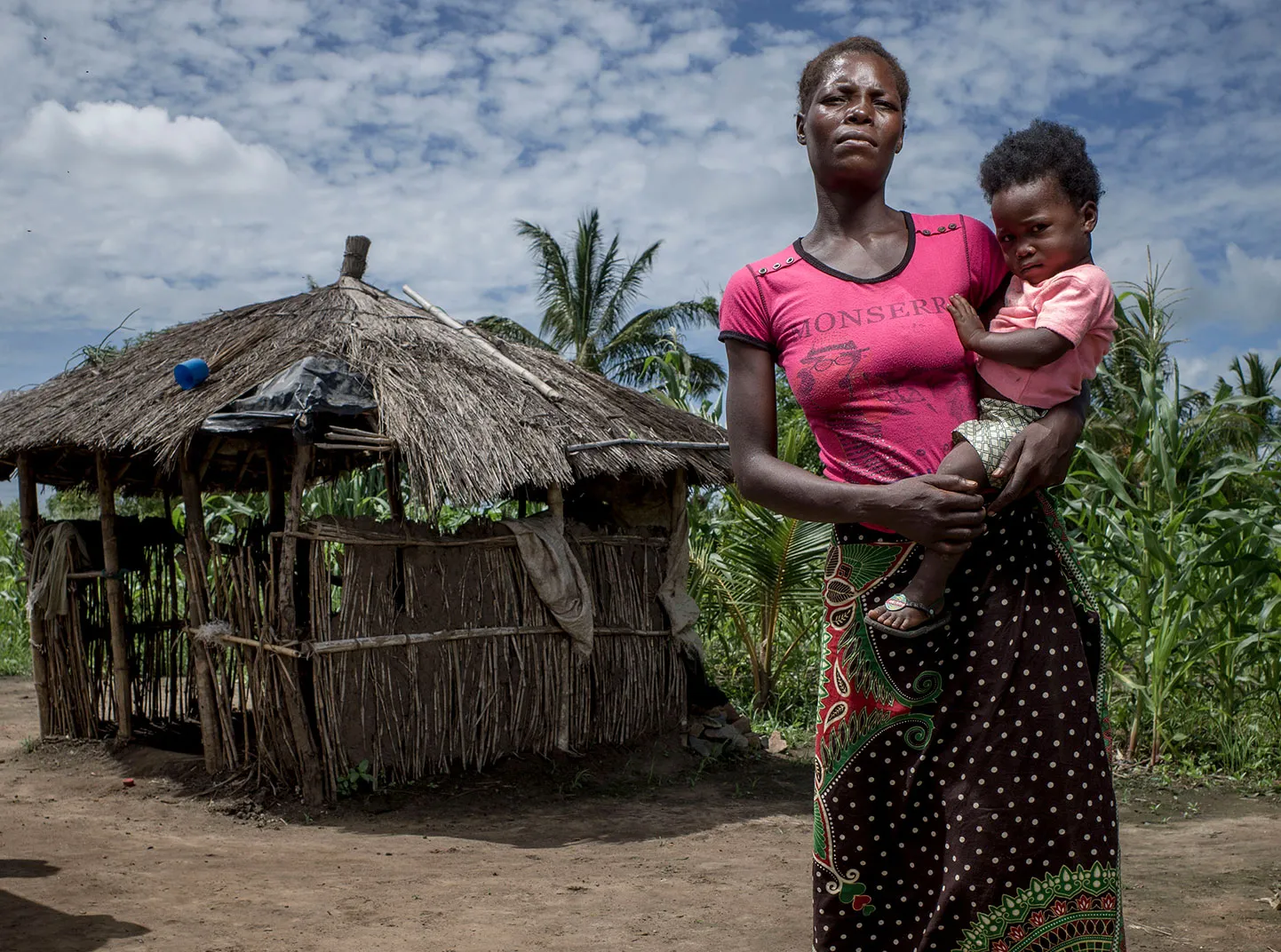In 2020, 168 million people needed humanitarian assistance — a number that has continued to grow over the last decade.
70.8 million people have been forcibly displaced from their homes. The human consequences of these crises are devastating. Families struggle to find shelter, to get enough to eat, and to find safe places to rebuild their lives. One in five women in crisis has experienced sexual assault.
On average, humanitarian crises are more complex than at any time in the last 15 years, and last nearly three years longer than they used to. Conflict, migration, and climate change are the key trends driving these crises — with 8 of the worst food crises in the world linked to conflict and climate change. And so far, we have only raised 54% of the money we would need to help all of the people in crisis.

